
Filter News
Area of Research
News Topics
- (-) Exascale Computing (10)
- (-) Materials (59)
- 3-D Printing/Advanced Manufacturing (45)
- Advanced Reactors (10)
- Artificial Intelligence (33)
- Big Data (7)
- Bioenergy (23)
- Biology (22)
- Biomedical (17)
- Biotechnology (8)
- Buildings (15)
- Chemical Sciences (32)
- Clean Water (2)
- Climate Change (22)
- Composites (11)
- Computer Science (60)
- Coronavirus (17)
- Critical Materials (11)
- Cybersecurity (17)
- Decarbonization (20)
- Education (3)
- Element Discovery (1)
- Energy Storage (43)
- Environment (36)
- Fossil Energy (1)
- Frontier (15)
- Fusion (16)
- Grid (15)
- High-Performance Computing (30)
- Isotopes (18)
- ITER (2)
- Machine Learning (13)
- Materials Science (52)
- Mercury (2)
- Microelectronics (1)
- Microscopy (16)
- Molten Salt (3)
- Nanotechnology (26)
- National Security (18)
- Net Zero (3)
- Neutron Science (51)
- Nuclear Energy (27)
- Partnerships (29)
- Physics (24)
- Polymers (12)
- Quantum Computing (10)
- Quantum Science (27)
- Renewable Energy (1)
- Security (11)
- Simulation (9)
- Space Exploration (3)
- Statistics (1)
- Summit (21)
- Sustainable Energy (30)
- Transformational Challenge Reactor (4)
- Transportation (25)
Media Contacts

Muralidharan was recognized for “a highly prolific spirit of innovation in creating or facilitating outstanding inventions that have made a tangible impact on the quality of life, economic development and welfare of society.”
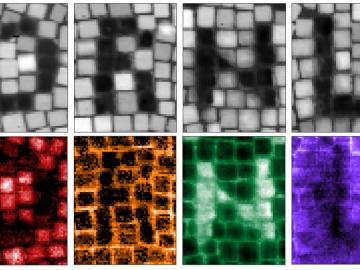
Drilling with the beam of an electron microscope, scientists at ORNL precisely machined tiny electrically conductive cubes that can interact with light and organized them in patterned structures that confine and relay light’s electromagnetic signal.
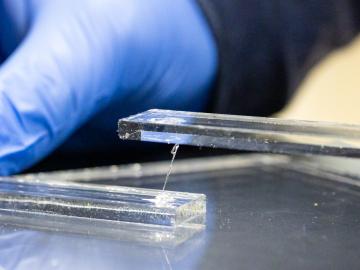
Researchers at ORNL used polymer chemistry to transform a common household plastic into a reusable adhesive with a rare combination of strength and ductility, making it one of the toughest materials ever reported.
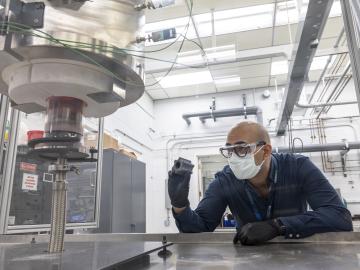
A novel method to 3D print components for nuclear reactors, developed by the Department of Energy’s Oak Ridge National Laboratory, has been licensed by Ultra Safe Nuclear Corporation.
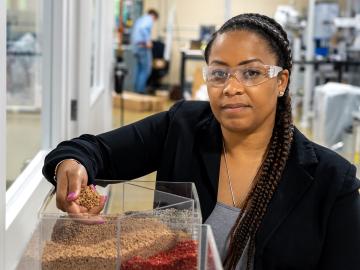
ORNL and Tuskegee University have formed a partnership to develop new biodegradable materials for use in buildings, transportation and biomedical applications.

A new technology for rare-earth elements chemical separation has been licensed to Marshallton Research Laboratories, a North Carolina-based manufacturer of organic chemicals for a range of industries.
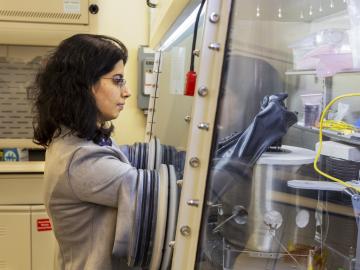
Researchers at the Department of Energy’s Oak Ridge, Brookhaven and Idaho national laboratories and Stony Brook University have developed a novel approach to gain fundamental insights into molten salts, a heat transfer medium important to advanced
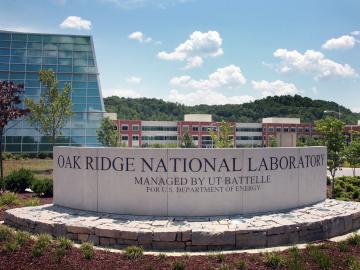
Ten scientists from the Department of Energy’s Oak Ridge National Laboratory are among the world’s most highly cited researchers, according to a bibliometric analysis conducted by the scientific publication analytics firm Clarivate.
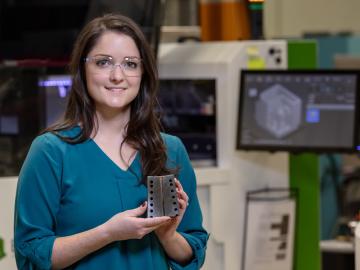
Amy Elliott, a group leader for robotics and intelligent systems at Oak Ridge National Laboratory, has received the 2021 ASTM International Additive Manufacturing Young Professional Award for her early career research contributions
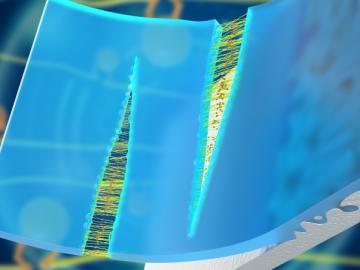
Research teams from the Department of Energy’s Oak Ridge National Laboratory and their technologies have received seven 2021 R&D 100 Awards, plus special recognition for a COVID-19-related project.


